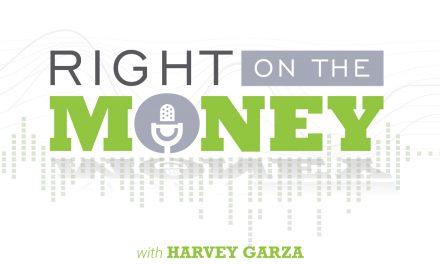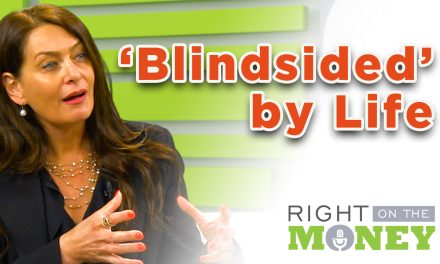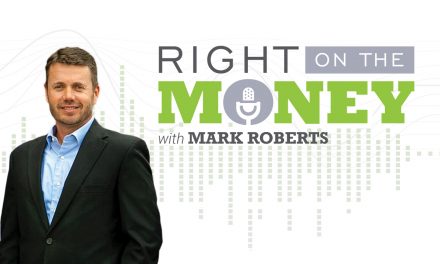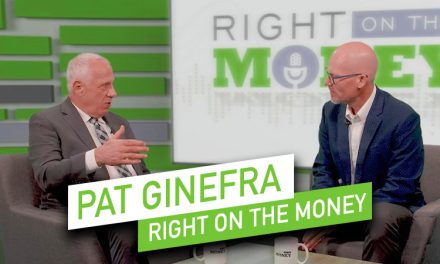Multiple Savings & Investment Options with Cash Value Life Insurance
Cash value life insurance can be a significant asset in retirement income planning because collateralized policy loans are not treated as income, so it’s not includable as income for Social Security benefit taxation. It also can be used for “bridging income strategies,” tax management and tax-free income. The savings and investment options can be tailored to your risk tolerance for product suitability.
Cash value life insurance has four basic mortality crediting methods: participating dividends, interest rates, indices and subaccounts correlated to the market. Most crediting methods have some degree of risk, so undergoing a risk-tolerance test to determine your suitability is a vital step in selecting the right mortality chassis.
The four basic life insurance contracts are participating whole life, universal life, indexed universal life and variable universal life. Life insurance is, by its very nature, a mortality product designed for indemnification and inheritance planning. But the tax-deferred accumulation of cash values and distributions of tax-free collateralized policy loans deliver a third dimension to planning that can address certain retirement necessities. Watch the interview with financial planner and IRA specialist, Frank Oliver, as he outlines the basics of cash value life insurance during the distribution period of retirement.
Cash value life insurance can be used as an income strategy when a retiree seeks to delay their Social Security benefits and qualified plan distributions to age 70½ for maximum income. For some retirees, the combination of Social Security benefit distributions, income from a reverse mortgage and policy loans from a life insurance can generate tax-free income is a strong tax management strategy. (Income from most other sources would be includable in the provisional income test to determine if your Social Security benefits are taxed.)
For conservative savers, participating whole life may be the only option from the inventory of life insurance contracts. The top five insurance companies credit a reasonable interest rate without risk. Universal life has fallen out of favor because of its direct correlation to the low-interest environment. Indexed universal life offers domestic and foreign indices with differing investment approaches to generate a crediting interest rate return. It also protects against the downside of the market: zero account crediting in a negative contract period. But the policy still has expenses, so you could lose money. Variable universal life is engaged in market equities and various forms bonds in subaccounts. So it has virtually the same risk and reward of other market-oriented products. The key in using cash value life insurance is to purchase the lowest cost of insurance under the Technical and Miscellaneous Revenue Act (TAMRA) regulations and keep the policy in force for the life of the policy insured.
Nationally syndicated financial columnist and talk show host Steve Savant interviews financial planner and IRA expert Frank Oliver on maximizing your retirement dollar. Right on the Money is a weekly financial talk show as a daily video press release Monday through Friday. (www.rightonthemoneyshow.com)





